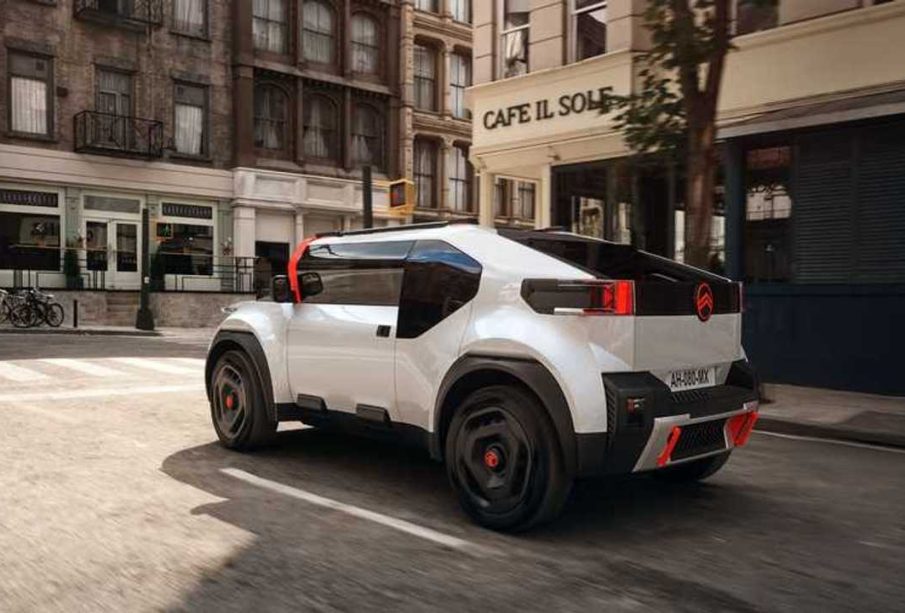Stellantis: A New Era in the Automotive Industry

Introduction
Stellantis, the multinational automotive manufacturing corporation, has quickly become a dominant player in the global automotive market since its formation in January 2021. With its diverse portfolio of brands, including Fiat, Peugeot, Jeep, and Chrysler, Stellantis is at the forefront of innovation and sustainability in the sector. The importance of Stellantis lies not only in its contributions to the economy but also in its potential to transform the automotive landscape, particularly in the areas of electric vehicles (EVs) and advanced technology integration.
Recent Developments
As of late 2023, Stellantis has made significant strides towards launching a comprehensive range of electric vehicles, aligning with global trends that see governments and consumers increasingly favouring sustainability. The company aims to offer over 75 fully electric models by 2030, significantly investing in green technologies and battery production facilities across Europe and North America. In addition to expanding its EV lineup, Stellantis has made a commitment to reduce its carbon footprint by 50% across its operations by 2030, showcasing its dedication to environmental stewardship.
In response to growing market demands for smart vehicles, Stellantis has also advanced its connected vehicle technologies. The integration of advanced software systems enables features such as over-the-air updates and enhanced driver assistance, keeping them competitive against established tech-forward brands.
Challenges Ahead
Despite its ambitious goals, Stellantis faces challenges. The global semiconductor shortage has disrupted production schedules, and the transition to electric vehicles requires significant investment and adaptation of manufacturing processes. Furthermore, intense competition from both traditional automotive manufacturers and new entrants in the EV market complicates its strategies. Industry analysts suggest that Stellantis must maintain agility and proactive strategies to navigate these hurdles effectively.
Conclusion
Stellantis stands at a critical juncture in the automotive industry. Its commitment to innovation, sustainability, and technological integration positions it as a leader in the forthcoming era of electric mobility. Looking ahead, the successful implementation of its electrification strategy could lead to enhanced market share and consumer loyalty. For readers, staying informed about Stellantis’s developments will provide insights into how the automotive industry is evolving and the potential implications for consumers and the environment as a whole.








